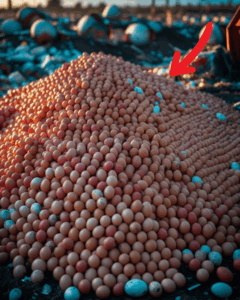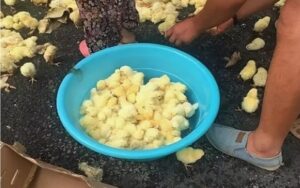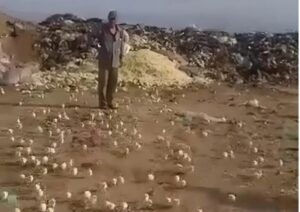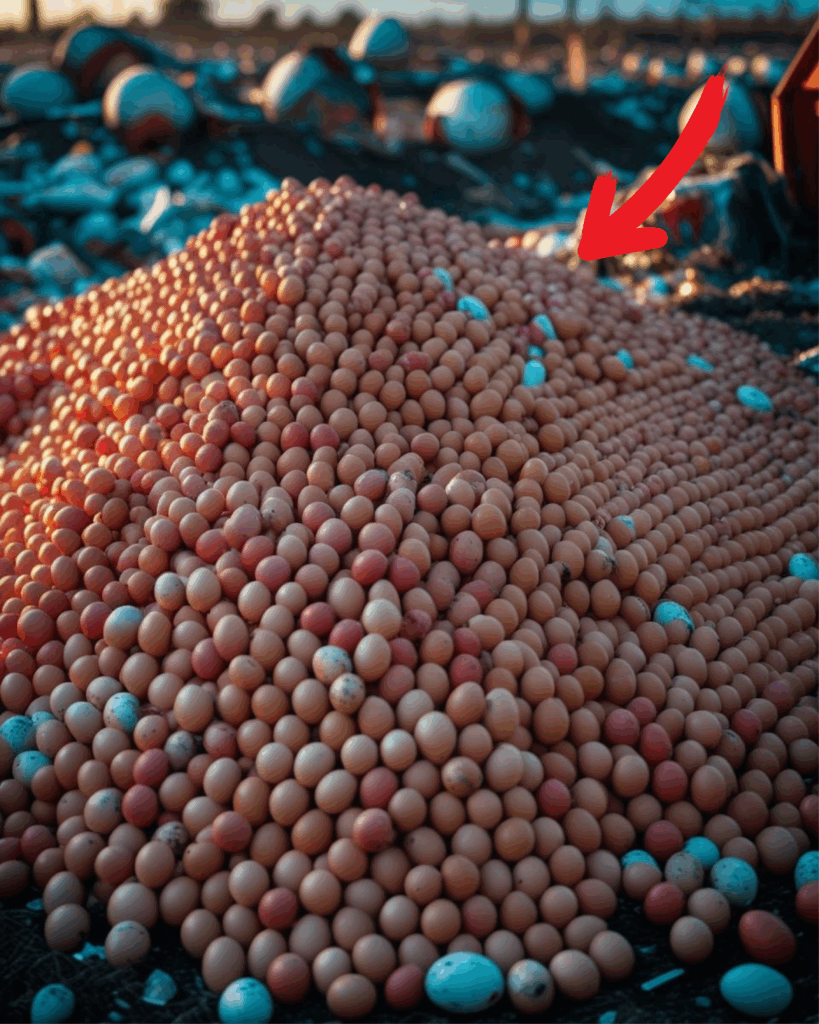In the spring, what seemed like a routine event unfolded in the city. A health inspection led to the removal of approximately 20,000 chicken eggs from store shelves. Most were deemed unfit for sale — either expired, cracked, or unsanitary.

All of them were transported to the city’s landfill, a site fenced off with barbed wire. Dump trucks unloaded the egg cartons as if they were just ordinary trash. Within days, rain caused the boxes to disintegrate, some eggs were picked apart by birds, and the rest simply vanished into the surrounding waste.

Residents quickly forgot about it. However, three months later, something unexpected occurred. Early in the morning, the landfill caretaker noticed that the crows were not settling on the organic trash pile as they usually did. He approached—and froze. Something was moving within the heap of rubbish. Thousands of tiny yellow fluff balls ran over rotten potatoes and empty yogurt containers. Small, squeaky, and lively. Chicks. There were several of them.
They were everywhere—between tires, behind plastic bottles, and in the cracks of old furniture. How did they survive? How did they hatch without an incubator, hen, or care? The news quickly traveled throughout the city. People gathered to witness the “miracle.” Scientists were perplexed; there was no logic behind it. The landfill provided no conditions for hatching, particularly after such a long time. Locals began dubbing them “chicks from nowhere.”

The chicks began to be adopted – some out of compassion, some out of superstition. Although government agencies could not provide an explanation, city residents knew that these were more than merely chicks. It was a wonder born in the rubbish.


